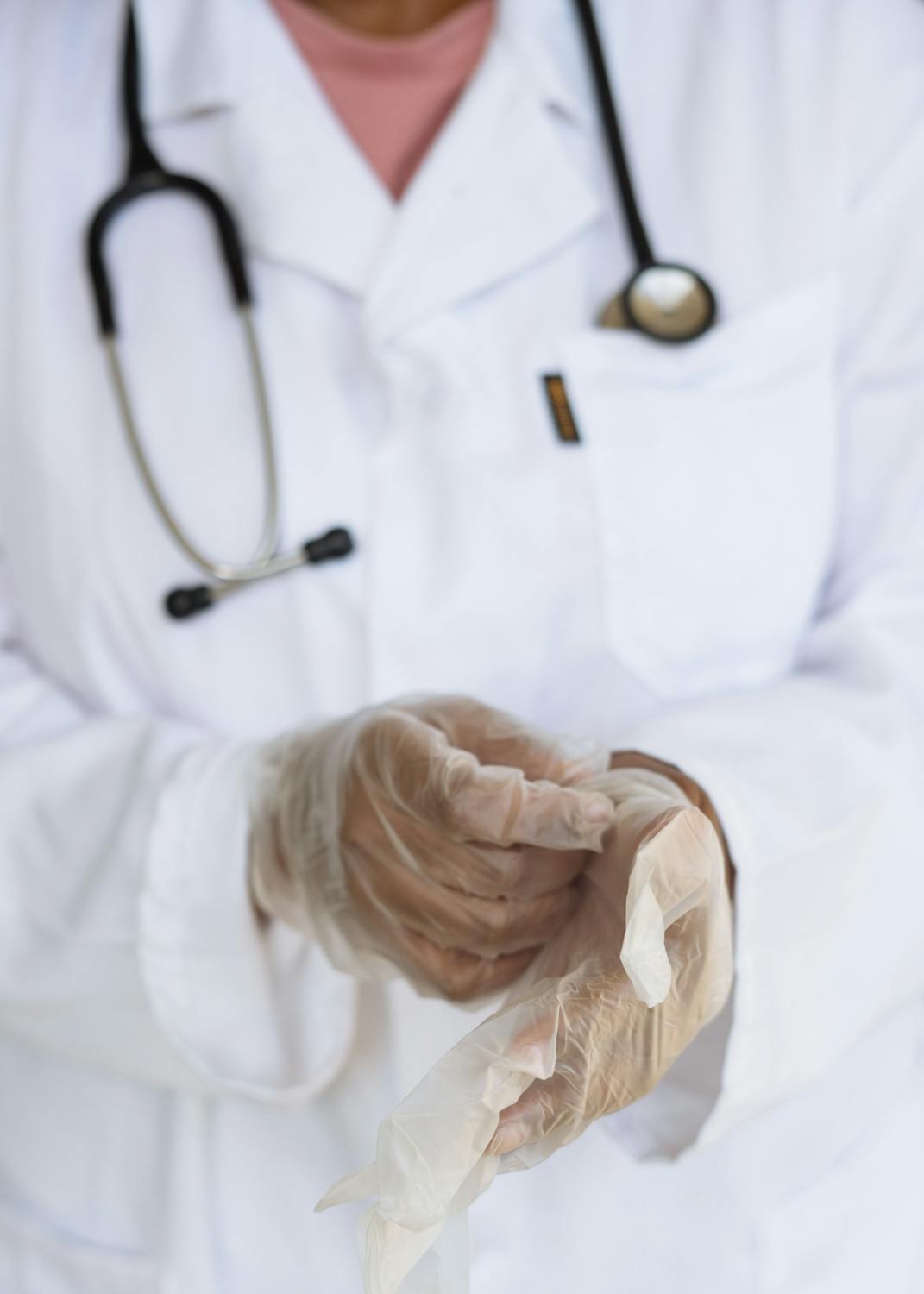The Tiny Seaweed Spheres Revolutionizing Medicine
Drug Delivery Gets Smart with Alginate/Chitosan Microcapsules
Why the Fuss About Tiny Capsules?
Forget pills and injections – imagine medicine delivered in perfect, microscopic bubbles designed to release their healing power exactly where and when it's needed.
This isn't science fiction; it's the cutting edge of drug delivery, powered by ingenious materials from the ocean and innovative engineering. At the forefront are Alginate/Chitosan Microcapsules, tiny powerhouses created using a precise technique called Membrane Emulsification Internal Gelation.
Traditional Drug Challenges vs. Microcapsule Solutions
- Destroyed by stomach acid 1
- Harmful side effects 2
- Targeted release 2
- Reduced side effects 4

Natural Materials, Advanced Technology
Alginate from seaweed and chitosan from crustacean shells combine to create intelligent drug carriers.
The Precision Art of Membrane Emulsification Internal Gelation
Creating effective microcapsules isn't easy. They need to be uniform in size, gentle on sensitive drug molecules, and scalable for real-world medicine.
Membrane Emulsification
Pushing an oil phase containing the drug and calcium carbonate through a membrane with uniform pores into a water phase creates perfectly sized oil droplets.

Internal Gelation
Acid diffuses into the droplets, reacting with CaCO₃ to release calcium ions that crosslink alginate molecules, forming solid gel beads from the inside out.

ME-IG's Winning Advantages
- Pinpoint Size Control: Membrane pore size dictates capsule size with precision
- High Uniformity: Millions of nearly identical capsules in one batch
- Gentle Processing: No harsh solvents or high shear forces
Testing the Tiny Carriers in Action
To understand the real potential of these microcapsules, let's examine a crucial experiment testing their performance as an anti-cancer drug carrier.
Experiment: Loading & Releasing Doxorubicin
Preparation
Create solutions and mixturesMembrane Emulsification
Form uniform dropletsInternal Gelation
Form solid gel beadsChitosan Coating
Add protective shellAnalysis
Test performanceComparison
Evaluate against controlsKey Materials Used
| Material | Function |
|---|---|
| Sodium Alginate | Forms core gel matrix |
| Chitosan | Protective outer shell |
| Calcium Carbonate | Internal calcium source |
| Material | Function |
|---|---|
| Doxorubicin HCl | Model chemotherapy drug |
| SPG Membrane | Creates uniform droplets |
| PBS | Simulates body conditions |
Key Findings and Data Analysis
Microcapsule Characteristics
| Feature | Alginate Beads | A/C Microcapsules |
|---|---|---|
| Average Diameter | 27 µm ± 5 µm | 25 µm ± 3 µm |
| Shape | Spherical | Spherical |
| Surface | Slightly Rough | Smoother |
| EE% (Doxorubicin) | 72% | 85% |
ME-IG produced uniform, spherical capsules. The chitosan coating resulted in slightly smaller, smoother capsules and significantly improved drug encapsulation efficiency (EE%).
Cytotoxicity Results
| Formulation | IC50 (µg/ml) |
|---|---|
| Free Doxorubicin | 1.0 |
| Dox-Loaded Alginate Beads | 2.5 |
| Dox-Loaded A/C Microcapsules | 1.2 |
| Empty A/C Microcapsules | >100 |
Drug-loaded alginate/chitosan (A/C) microcapsules were nearly as potent as free doxorubicin at killing cancer cells. Empty capsules were non-toxic, confirming safety.
Drug Release Profile Comparison
The chitosan-coated microcapsules exhibited minimal burst release and sustained drug release over 48 hours, contrasting sharply with the rapid release of free drug and alginate beads alone.
Scientific Significance
This experiment demonstrates the combined power of the materials and manufacturing technique. The chitosan coating significantly boosts drug retention, reduces harmful burst release, and enables sustained delivery while maintaining effectiveness against cancer cells.
The Future is Encapsulated
Alginate/chitosan microcapsules made by membrane emulsification internal gelation represent a significant leap towards smarter, kinder medicine. By combining the biocompatibility of natural polymers with precision engineering, scientists are creating drug carriers that offer unparalleled control.
Chemotherapy
Drastically reduced side effects
Diabetes
Weekly microcapsule injections
Gene Therapy
Targeted delivery to diseased cells
While challenges remain – like scaling up production cost-effectively and ensuring long-term stability – the potential is immense. The era of intelligent, targeted drug delivery, built on seaweed, shells, and ingenious technology, is dawning.

Promising a Healthier Future
One perfectly formed microcapsule at a time.